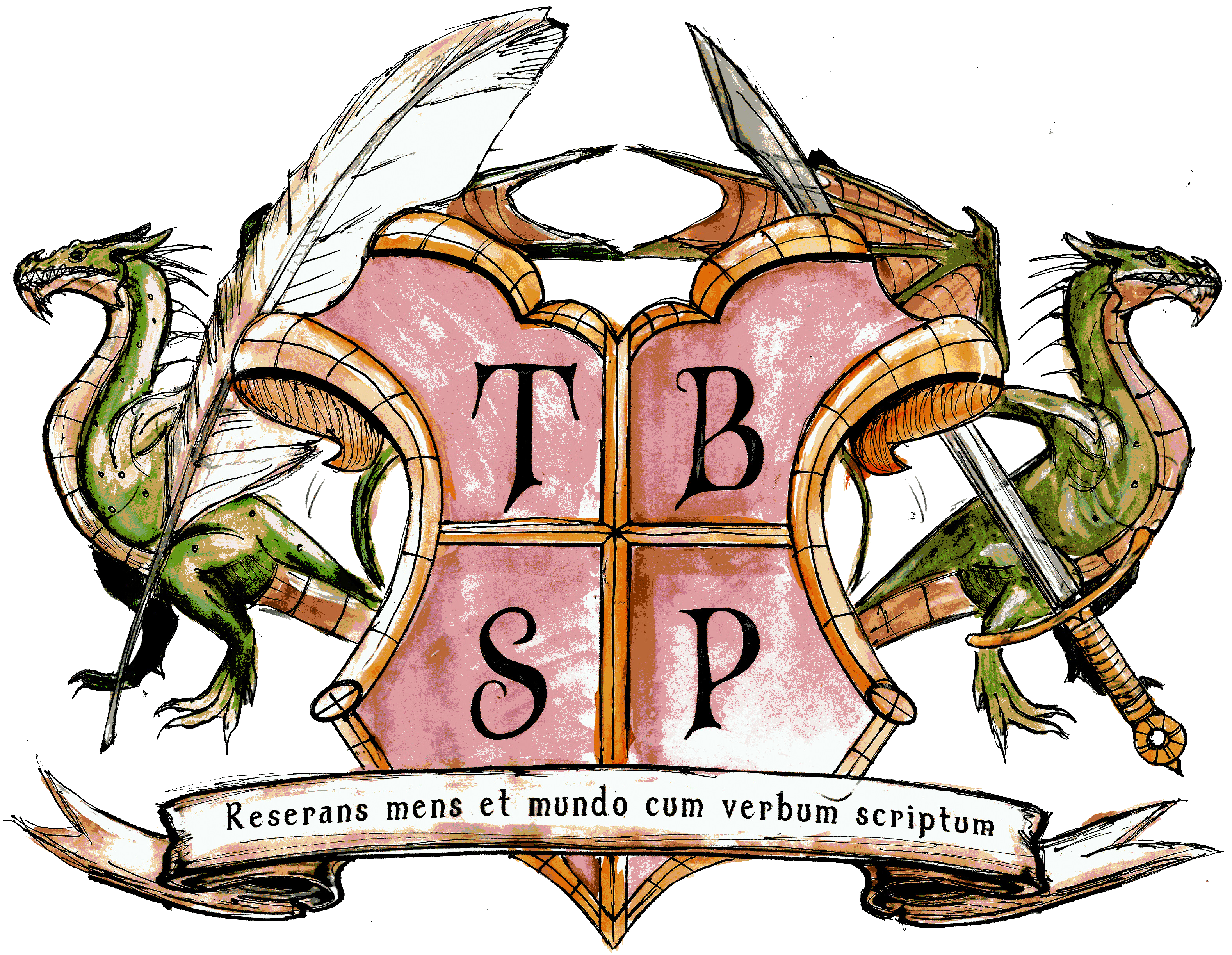

Glove or Glass Slipper
YEAH, yeah, I know. Another post about something not fitting. I promise it is not a trend; it just seems to be trending in my writing and plotting lately. But there’s a true reason why I am writing this post.
Back in the day, I used to keep a binder of all my pre-writing stuff so that I could quickly access data regarding characters, settings, languages, maps, etc. with a quick thumbing through of the tabs of the binder. Actually, because it was so extensive, I had a binder alone just for the languages of my still-unpublished series (perhaps more on that later). While it was technically quite efficient, at least more so than a collection of scraps of paper with scribblings on them, it was still an antiquated way to organize everything.
And that was just how I organized my pre-writing—how I wrote was quite outdated and restrictive as well. I was what is referred to in the writing community as a “pantser” — no, I didn’t go around pulling down the pants of unsuspecting victims, it simply means that I wrote by the seat of my pants, that I had no road map. I remember some days I would sit at my computer attempting to write and the white page anxiety was crippling, and I stubbornly wouldn’t move onto some other scene in my book until I figured out the one I was working on. Seems stupid, now that I think about it, and I probably wasted so much of my time not writing when I could have moved to a different part of the book and worked on that part instead while I let the other scene stew in my brain and work itself out.
SCENE WRITING
WHEN I met my writing coach, Joe Nassise, back in 2011, I had never really heard of plotting. I mean, I vaguely outlined my projects, but only in the sense that I knew the parts of the novel/story that I was forced to study in all my literature classes: Exposition, Conflict, Rising Action, Climax, Falling Action, and Resolution. And those are definitely crucial parts to have at least softly worked out before you start the writing process, but the study of literature and process of writing it are far different. In actuality, a story is not comprised solely of these 6 parts; each part could have multiple scenes within it, meaning that the scenes have to make sense within their respective parts (having a high-energy climax scene during the falling action of the story might make the resolution seem rushed, etc).
If you think of your story less like a linear path of writing and more like scenes of a movie—like how a director might film certain scenes of a movie first and others later, joining them together in seamless sequence during editing—it might reduce that white screen anxiety and make your writing process a lot less daunting. So how does one do this?
When I worked with Joe, he had me think of my chapters as scenes and had me write out the chapter/scene name on the white side of a 3″x5″ index card, and place the basic bullet points of each scene on the lined side. I could pick up any of those index cards on any given day and write that scene. So, if I felt worked up or combative, writing a fight scene that day might be better, and writing a love scene on a day I was feeling extra emotional, romantic, or sentimental would yield a better product because of my respective mood.
GLOVE OR GLASS SLIPPER?
BUT here was the other great thing: I didn’t have to get it right the first time. If in writing a scene I realized it didn’t make sense or didn’t fit in that spot, I’d pull the card out (saving the scene for later) or shift it and make another card for the scene that did. I went into this “Glove or Glass Slipper” style of writing with my scene cards. Now you might be asking yourself: “WTF is he talking about?”
Let me explain, and it will (hopefully) make sense.
Some of of you reading this are probably too young to remember the OJ Simpson murder trial, but starting the fall of 1994 and spanning over a year, that was pretty much the thing to watch and follow on television. There was a famous line from OJ’s Defense Attorney, Johnnie Cochran: “If it doesn’t fit, you must acquit,” referring to the glove found at the crime scene, saying that if the glove didn’t fit on OJ’s hand, then he couldn’t have possibly been the one to commit the murders of his ex-wife Nicole Brown Simpson and her friend Ron Goldman. As asinine as that logic is, it’s what returned a not-guilty verdict from the jury, which meant that whomever’s hand fit that glove must be the murderer. Right?
Here’s the issue. Gloves are made to fit more hands than just one person. You know, something something capitalism. In fact, all apparel on the market is generally mass constructed so that it fits multiple buyers and increases profits. Unless it’s custom, like a Glass Slipper, which fits only the person it was designed for. Yes, yes, I am sure you could argue that someone with an identical foot could slide on into it, but those would be few and far between.
Sometimes scenes are Glass Slippers—they fit the gap between their bordering scenes with the precision of footwear formed by a fairy godmother; but other times, a scene can fit like a generic glove—too loosely that the scenes around it seem disconnected, as if it belonged somewhere else, or even too tightly, and leaving it in place would be almost criminal, like getting away with murder.
PLOTTING WITH PLOTTR
SINCE I started writing again after my hiatus, one of the tools I’ve grown the most fond of is Plottr. It acts as both binder and index card holder, keeping information such as places, characters, notes all in one place while also acting as a timeline of your story with Scene Cards—much like those trusty index cards of yore—which you can move around, even to another book in the series if you realize that the scene you just finished writing belongs at a different place in the whole scheme of the overall plot.



THIS past weekend was spent doing damage control on my own Plottr timeline for Wonderspark. What I had originally plotted was fitting as well as the foot of an evil stepsister, and the more I tried to make it fit, the more holes I created in the plot further down the line. But the great thing about Plottr is that instead of just scrapping all the scenes within the existing timeline that didn’t fit, I moved them with one click to a “bucket” project from which I can pull from later, even for an unrelated project altogether.

STILL LEARNING
WHILE I am still learning the software, I love its capabilities. They offer YouTube tutorials and both free and paid seminars to get the most out of the software. I’ve learned they creators of the software are very receptive to feedback and suggestions, so I have already made a couple of suggested features that would enhance user experience and functionality.
As I learn how to use it better, I plan on giving my own tutorials and creating my own templates for it, so stay tuned!





